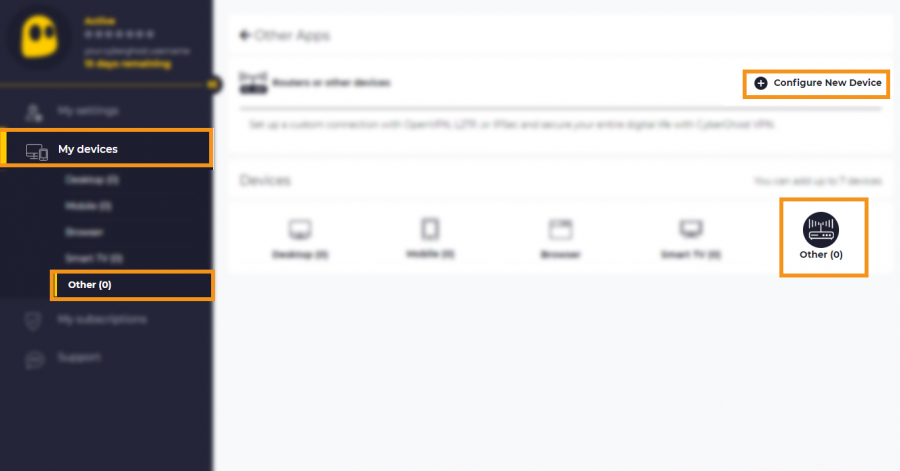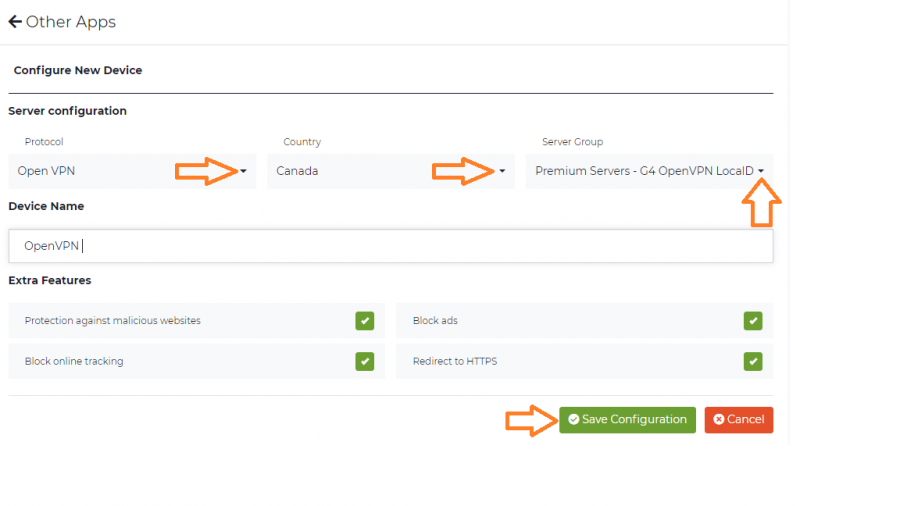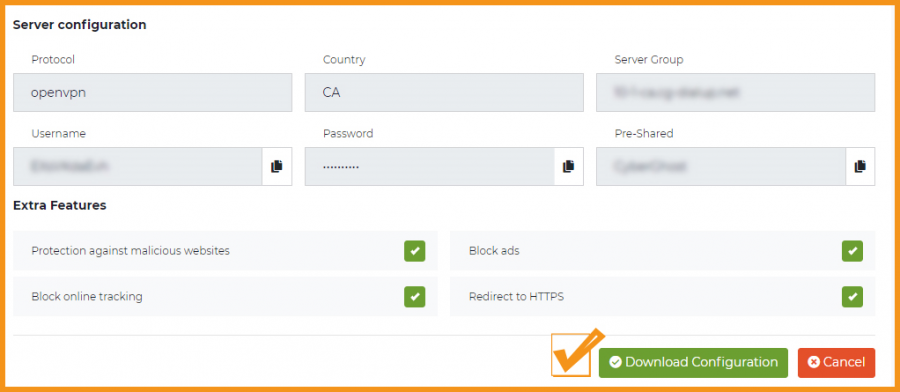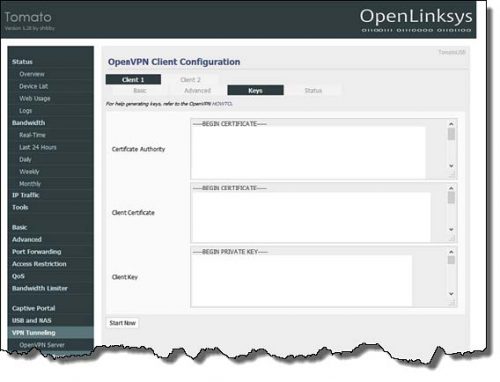
How to Install VPN on a Router?
Many people believe that using a free VPN service is good enough and that there is no need to spend money on a set of routers or devices you don’t even know how to use.
Those people are unaware of all the benefits they can get with a VPN router setup.
Plus, they are unfamiliar with the answers to some basic questions such as “Does my router have a VPN?” or “Should I use a VPN on my home network?”.
The truth is, for some internet users who use only Google and a couple of more mainstream locations, VPN services are meaningless.
However, when it comes to users who want to explore the network without being tracked and experiencing cybersecurity threats, the first task is to set up a VPN router.
How Do VPN Routers Work?

You can install a VPN on your router or buy one with an already built-in VPN.
Legal VPN protects all connected devices from online intruders. It also secures your browsing data through an encrypted tunnel.
Furthermore, a VPN on your router can help you unblock many geo-restricted web locations and let you enjoy safe P2P torrenting, live stream, and explore the Internet freely.
VPN services like CyberGhost are useful because they don’t affect the Internet connection or speed.
With more than 6000 servers in 90 different countries, it always has an available VPN server nearby for lightning-fast speed and unlimited bandwidth.
Should You Install VPN on Router?
Before we move on to discussing setup instructions for your device, we would like to list all the advantages and disadvantages you’ll encounter if you decide to configure the router to use the VPN.
✓ You are secured as long as your router is connected to the network. All of your data is encrypted and protected by a VPN tunnel.
✓ All connected devices are protected. New devices you connect to the router don’t require any additional installation or adjustment, just your Wi-Fi password.
✓ You can connect as many times as you want — there’s no limit per device, no particular settings, or a limited time frame in which you can use VPN services.
✘ VPN router settings are hard to manage since they don’t have their interface. To access the settings, you must use another device. For example, if your VPN is set on a country that’s far away, you can experience some bandwidth since it takes some time to navigate traffic that must travel to that country and back.
✘ Most routers don’t have sufficient power to support a more secure protocol. So you can invest more money to upgrade your VPN router or continue to use the router you have with less protection.
How to Choose the Right VPN Provider for Your Router?
Maybe you are asking yourself: “How do I put a VPN on my router?” or “Can I add a VPN to my router?”
The answer to both questions lies in making sure that your router is compatible with a VPN. You can check that in the router’s manual or online.
NOTE: If you have an IPS modem, you will not be able to add a VPN. However, if you have a VPN-compatible router, there are a few options for you:
- The simplest but most expensive option is to buy a pre-flashed VPN router.
With this type of router, all the hard work will have already been done for you — it’s pre-installed, and you’ll skip the complex process of flashing.
- Another simple option is to buy an out-of-the-box VPN-compatible router.
These routers are also pre-installed and will connect to multiple VPN servers. Additionally, you can use almost any VPN provider. So, with this router, you won’t have to do the flashing process or connect the router to another router.
- The most elaborate option is to flash your router with new firmware, which means installing it by yourself.
The two most reliable and most common types of firmware are DD-WRT and Tomato.
First, make sure that your router is compatible with both types of this firmware before you start the process.
Both DD-WRT and Tomato offer fantastic features such as increasing your wireless range, adjusting your bandwidth, tightening security, giving access to various VPN protocols, and so much more.
If you’re still not sure which way to go, we recommend a reliable VPN provider — CyberGhost.
CyberGhost offers routers that run VPN client software, support OpenVPN protocol, and use proper firmware.
However, if you don’t want to go through the process of installing a VPN app on your router, you can choose to get a pre-configured router from CyberGhost.
How to Install a VPN on Your Router?
The majority of routers are configured to connect to the VPN network. Also, many devices can use the VPN connection at the same time.
To change the configuration, you must access the router’s interface and VPN.
Let’s look at the example of CyberGhost.
Installing a CyberGhost VPN on a router may vary depending on the model, but the necessary steps are the same.
Here’s what you need to do:
- Verify if the router supports OpenVPN protocols
- Check if your router is compatible with your VPN
- Configure the router (CyberGhost offers pre-configured routers)
- Click on ‘My Devices‘ > click ‘Other‘ > choose ‘Configure new device‘

- You can configure the desired parameters in the Server configuration tab
- Choose OpenVPN from the Protocol dropdown menu
- Define desired Country or Server Group

- Save them with Save Configuration
- Press View Configuration to view the OpenVPN credentials

- Click on ‘Download Configuration‘ and download the config file to your computer
HINT: Create a special folder for the config (Extract/Copy the contents of the .zip file there).

- Download router firmware (after you determine if your router is compatible with DD-WRT or Tomato).

- Connect your router.
- Flash your router.
- Connect to your VPN provider server.
- Test the connection to see how it performs.
What Does CyberGhost Offer?
Finding the right provider is essential. With CyberGhost at your service, you’ll get an excellent deal for a VPN router.
However, there are some additional benefits you can enjoy:
- CyberGhost owns more than 6000 servers in 90 different locations.
- Unlimited data (perfect for torrenting and live streaming).
- 24/7 privacy.
- 7 simultaneous connections.
- DNS and IP Leak Protection
- L2TP-IPsec and PPTP protocols
How to Install a VPN on a Router Without a Desktop Computer?
Don’t have any computer? It doesn’t mean you don’t need to install a VPN on a router, either.
You can secure all your devices in one go by doing so.
Without a PC, you have the following options:
- Buy a router from stores that offer router-setup services
- Purchase a router with a pre-installed VPN
- Use any mobile browser for manual setup
- Opt for app-based VPN providers that have necessary settings built-in and follow their simple instructions
The first option may be costly, while the second one doesn’t allow you to choose a fitting provider yourself. Their only advantage is that these methods are relatively straightforward.
The last two ways are the optimal ones and won’t take too much of your time.
Follow these steps, to adjust your router yourself:
1. Connect both router and mobile device to the same Wi-Fi network;
2. Open any mobile browser like Chrome, Firefox or Safari on your device;
3. Type “192.168.1.1” into the address bar;
- The required password and login are often “admin;”
4. Now you’ll see the router settings. Choose “Network” > “WAN”;
5. Press “Add a new connection” and choose “PPTP” connection type;
6. Here we have two options “Automatic” and “Fixed” PPTP:
- If you can find out the necessary data to fill in the form from your VPN provider, choose “Fixed.”
- Otherwise, pick “Automatic.”
7. Press “Apply,” and you should be good to go.
How to install a VPN on a Router via a VPN app depends on every particular provider. You should contact their support team right away.
Comments